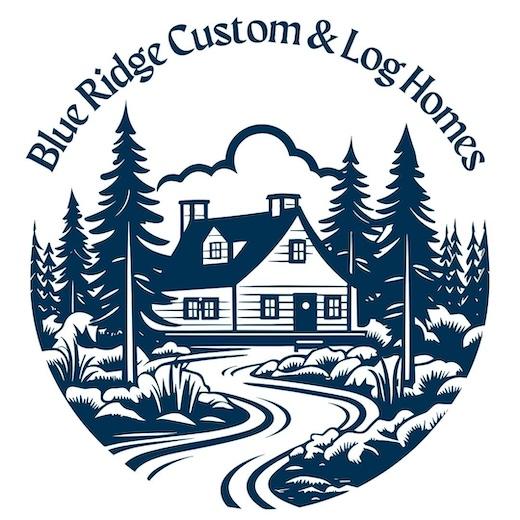As individuals age, the desire to remain in the comfort and familiarity of their own homes becomes increasingly important. Designing a home for aging in place involves thoughtful consideration of various factors, including safety, accessibility, comfort, and convenience. At Blue Ridge Custom & Log Homes, we understand the importance of creating spaces that support aging gracefully while maintaining independence and quality of life. Here are some tips, issues, and creative ideas for designing a home for aging in place:
1. Assess Current and Future Needs:
– Start by assessing the current and future needs of the homeowner(s) to determine the level of support required. Consider factors such as mobility limitations, health conditions, and daily living activities when planning the design of the home.
2. Prioritize Safety and Accessibility:
– Safety should be a top priority when designing a home for aging in place. Install grab bars and handrails in key areas such as bathrooms, hallways, and stairwells to prevent falls and provide support. Ensure that pathways are wide enough to accommodate mobility aids such as wheelchairs or walkers, and consider installing non-slip flooring to reduce the risk of slips and falls.
3. Create a Single-Level Living Space:
– Whenever possible, design the home to be single-level to minimize the need for stairs and reduce the risk of falls. Incorporate key living areas such as the bedroom, bathroom, kitchen, and laundry room on the main level for easy access.
4. Design for Comfort and Convenience:
– Design features that enhance comfort and convenience can greatly improve the quality of life for aging homeowners. Consider installing adjustable-height countertops and cabinets in the kitchen to accommodate varying mobility levels. Install lever-style door handles and faucets that are easier to grip and operate than traditional knobs.
5. Incorporate Universal Design Principles:
– Universal design principles focus on creating spaces that are usable by people of all ages and abilities. Incorporate features such as wider doorways, zero-threshold entries, and lever-style door handles throughout the home to improve accessibility for everyone, regardless of mobility limitations.
6. Ensure Ample Lighting:
– Proper lighting is essential for aging in place, as vision tends to decline with age. Install ample lighting throughout the home, including task lighting in work areas such as the kitchen and bathroom, and motion-activated lighting in hallways and stairwells. Consider installing light switches at both ends of hallways for added convenience.
7. Plan for Future Adaptations:
– Design the home with flexibility in mind to accommodate future adaptations as the homeowner’s needs change over time. Consider features such as reinforced walls for the installation of grab bars, wide doorways to accommodate wheelchair access, and space for a future elevator if needed.
8. Incorporate Outdoor Living Spaces:
– Don’t forget to design outdoor living spaces that are safe and accessible for aging homeowners. Install ramps or gently sloping pathways to connect outdoor areas, and consider adding features such as raised garden beds or seating areas with benches for relaxation and enjoyment.
In conclusion, designing a home for aging in place requires careful consideration of safety, accessibility, comfort, and convenience. By prioritizing these factors and incorporating universal design principles, homeowners can create a space that supports aging gracefully while maintaining independence and quality of life. At Blue Ridge Custom & Log Homes, we are committed to helping you design a home that meets your unique needs and allows you to age in place with dignity and peace of mind.

